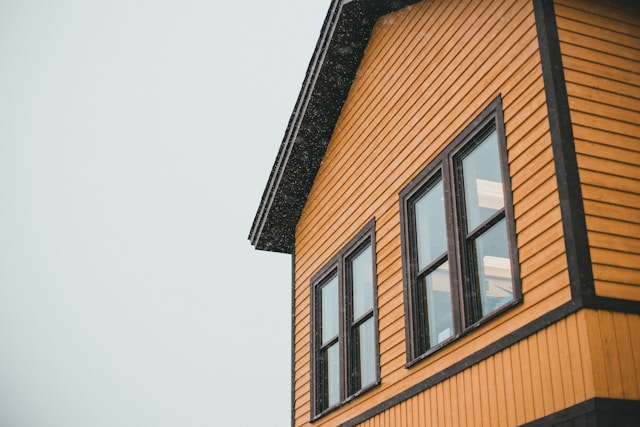Modern Siding Systems: Engineering Durable Building Envelopes

Contemporary siding installation has evolved from basic weather protection to engineered cladding systems. From traditional wood clapboard to advanced composite materials, modern siding integrates weatherproofing technologies with aesthetic flexibility for durable and energy-efficient building envelopes.
The fundamentals of professional siding installation rely on proper flashing integration, thermal expansion accommodation, and substrate alignment. These critical elements prevent moisture intrusion while maintaining structural integrity across seasonal temperature fluctuations.
Cladding System Engineering
Modern siding systems require understanding of drainage plane principles (ASTM E2273) and impact resistance ratings (ASTM D5420). Advanced techniques include rainscreen installations, concealed fastener systems, and integrated continuous insulation for thermal performance.
"Quality siding isn't just surface deep - it's a systematic approach to moisture management, thermal bridging prevention, and long-term dimensional stability."— Michael Tanaka, Building Envelope Specialist
Innovative Cladding Solutions
The industry now offers insulated vinyl siding with R-6 thermal values, zinc alloy composite panels, and photovoltaic-integrated shingle systems. Recent advancements include self-cleaning nano-coatings and pre-finished panel systems with 50-year warranty coverage.
Essential Siding Components
- Corrosion-resistant aluminum starter strips
- Breathable housewrap (≥5 perms rating)
- Expansion-compatible J-channels
- Stainless steel fasteners (304 grade)
Future trends include smart siding with embedded moisture sensors, self-healing composite materials, and solar-active cladding that generates building power. This blog explores how advanced manufacturing and installation techniques are redefining exterior protection standards.